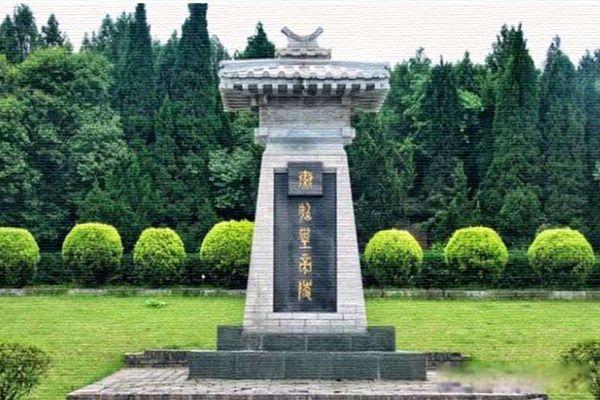
Has Qin Shi Huang's Tomb Been Discovered?
The tomb of Qin Shi Huang, the first emperor of a unified China, is one of the most intriguing and significant archaeological sites in the world. While the existence and location of the tomb complex have been known for centuries, the main burial chamber itself remains unopened. This has led to much speculation and fascination regarding its contents and preservation.
The Undisturbed Tomb
The tomb itself has not yet been excavated. This is due to a combination of factors:
- Respect for the Deceased: In Chinese culture, there is a strong tradition of respecting the dead and their resting places. Disturbing a tomb, especially one of such historical importance, is considered taboo.
- Technical Challenges: The tomb is known to be heavily booby-trapped, as documented in historical records. Modern archaeological techniques, while advanced, would face significant challenges in navigating these traps safely.
- Preservation Concerns: Opening the tomb could expose the interior to oxygen and other environmental factors that might damage the preserved artifacts and structure.
Exploring the Necropolis
Archaeological explorations currently concentrate on various sites of the extensive necropolis surrounding the tomb, including the Terracotta Army to the east of the tomb mound.
- The Terracotta Army: This vast collection of life-sized terracotta soldiers, horses, and chariots is one of the most iconic archaeological discoveries of all time. Its proximity to the tomb mound and the sheer scale of the work offer a glimpse into the manpower and resources dedicated to the emperor's afterlife.
- Other Discoveries: Excavations around the tomb complex have unearthed numerous pits containing other figures like acrobats, officials, and bronze chariots. These findings contribute to understanding the social structure, rituals, and artistic achievements of the Qin dynasty.
The Mysteries Remain
Despite decades of research and non-intrusive exploration using techniques like ground-penetrating radar and remote sensing, much about the tomb remains unknown:
- The Interior Layout: While historical texts describe a vast chamber with a map of the cosmos on the ceiling and flowing mercury representing rivers, the exact layout and scale remain a mystery.
- The Emperor's Remains: The condition of Qin Shi Huang's remains and the treasures buried with him are unknown. Speculation runs wild, fueled by historical accounts of lavish burial practices and the emperor's quest for immortality.
Conclusion
Qin Shi Huang's tomb stands as a testament to the power and ambition of ancient China. While the main burial chamber remains unopened, ongoing archaeological work continues to unravel the mysteries of this vast necropolis. Whether or not the tomb will ever be fully excavated is a question for future generations to decide. The potential for historical discovery is balanced against the ethical and logistical challenges, leaving the world captivated by the secrets hidden beneath the earth.
Q&A
What is the significance of Qin Shi Huang's tomb?
Qin Shi Huang's tomb is significant for several reasons:
- Historical Significance: It represents the final resting place of the first emperor who unified China, marking a pivotal point in Chinese history.
- Archaeological Value: The tomb and its surrounding necropolis offer a wealth of information about the Qin dynasty, including its art, culture, military organization, and burial practices.
- Cultural Importance: The tomb holds immense cultural and symbolic significance for the Chinese people, representing a connection to their ancient past and a powerful ruler.
Why hasn't the tomb been excavated?
The decision to not excavate the tomb stems from:
- Respect for the Dead: Disturbing the tomb is seen as disrespectful in Chinese culture.
- Technical Challenges: The potential for booby traps and the sheer scale of the tomb present significant technical hurdles.
- Preservation Concerns: Exposure to the elements could damage the fragile artifacts and structure within the tomb.
What have archaeologists learned about the tomb so far?
While the main chamber remains unopened, archaeologists have made significant discoveries in the surrounding necropolis:
- The Terracotta Army: This massive collection of life-sized figures provides insights into the Qin army's organization and the craftsmanship of the era.
- Other Burial Pits: Discoveries of pits containing figures like acrobats, officials, and bronze chariots shed light on the social structure and rituals of the Qin dynasty.
- Non-intrusive Surveys: Using techniques like ground-penetrating radar, archaeologists have gathered data about the tomb's layout and structure without physically excavating it.